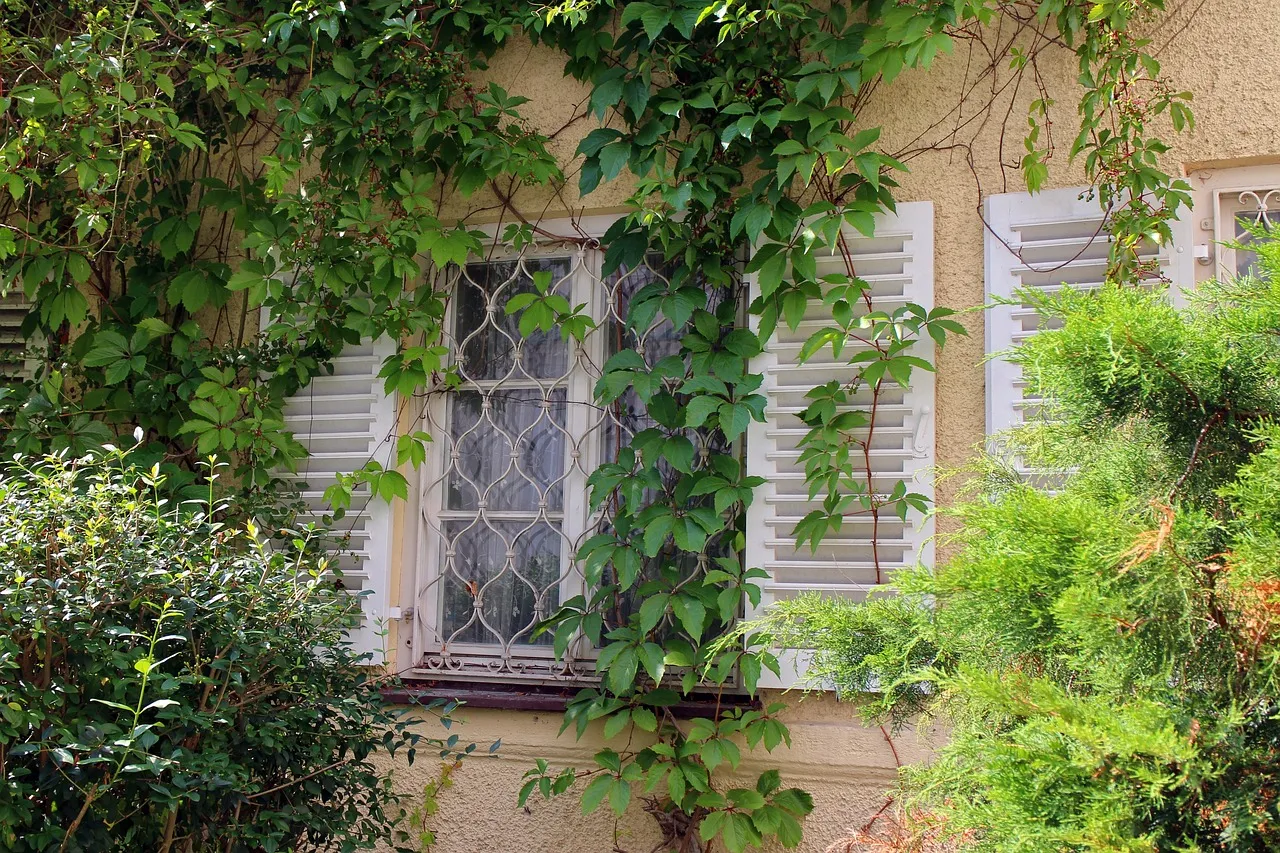Introducing a lush tapestry of greenery to your balcony is a captivating endeavor that breathes life and beauty into your living space. Embracing the charm of creeper plants, these versatile and enchanting botanical wonders have the potential to transform a simple balcony into a verdant haven. As we embark on a journey into the world of balcony gardening, the allure of these climbers beckons us to explore their unique features and the art of nurturing them in confined spaces. From cascading vines to vibrant blooms, each creeper holds the promise of adding not only aesthetic appeal but also a touch of nature’s tranquility to your urban retreat. Join us as we unravel the secrets of caring for these balcony-bound climbers, unlocking the potential to create a green sanctuary amid the hustle and bustle of city living.
Characteristics of Creeper and Climber Plants:
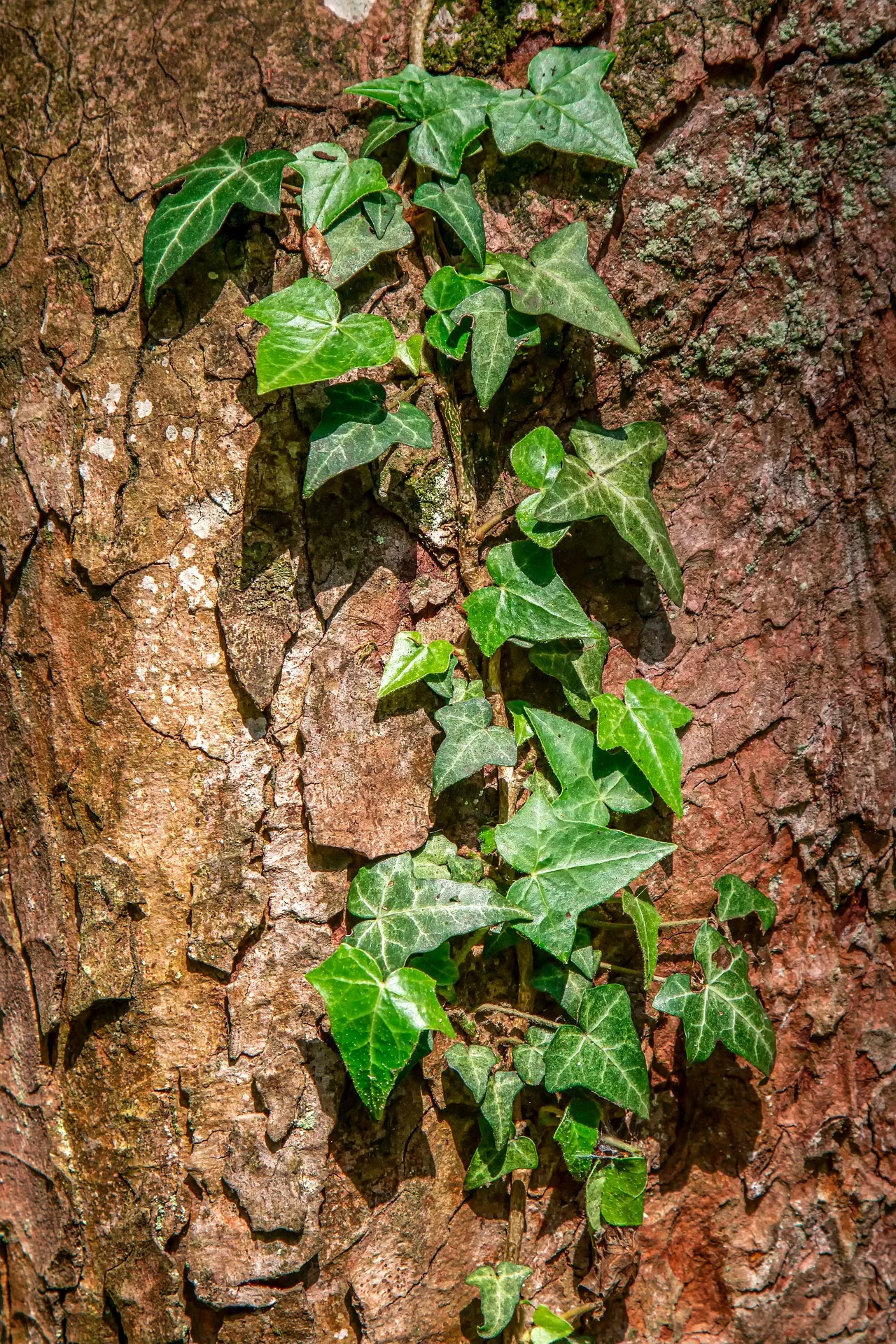
Creepers:
- Horizontal Growth: Creepers, with their horizontal growth pattern, provide an excellent ground cover, creating a carpet of foliage that enhances the visual appeal of garden beds.
- Adaptations: Many creepers possess specialized structures such as stolons (runners) or low-lying stems that root at nodes, facilitating lateral spread and efficient ground coverage.
Climbers:
- Vertical Growth: Climbers exhibit vertical growth, making them ideal for adding greenery to vertical surfaces like walls, fences, or trellises.
- Support Structures: These plants employ various mechanisms such as twining stems, tendrils, or clinging roots to anchor themselves to structures and climb upwards.
Care Tips for Creeper and Climber Plants:
Sunlight: Most creeper and climber plants thrive in locations with abundant sunlight. Ensure they receive the appropriate amount of sunlight based on their specific requirements to encourage robust growth and flowering.
Support Structures: Climbing plants need suitable support structures to display their vertical growth. Sturdy trellises, arbors, or fences offer the necessary support for these plants to climb and create an enchanting vertical garden.
Watering: Regular and consistent watering is crucial for the health of these plants. While they appreciate moisture, it’s essential to avoid waterlogging, which can lead to root rot. Adjust the watering frequency based on environmental conditions.
Pruning: Regular pruning is key to controlling creeper and climber plants’ size, shape, and density. Pruning encourages branching, enhances flowering, and maintains a neat appearance, ensuring a well-groomed and aesthetically pleasing garden.
Soil: Provide well-draining soil, as most plants prefer soil that doesn’t retain excessive moisture. Amending the soil with organic matter enhances fertility and promotes a healthy root system.
Mulching: Applying a layer of mulch around the base of these plants offers multiple benefits. Mulch conserves moisture, suppresses weeds, and helps regulate soil temperature, creating optimal conditions for plant growth.
Fertilization: Feed these plants with a balanced fertilizer during the growing season to provide essential nutrients. This practice promotes healthy growth, abundant flowering, and overall plant vitality.
Pest and Disease Control: Regularly inspect creeper and climber plants for pests and diseases. Early detection and appropriate preventive measures, such as using insecticidal soap or neem oil, help maintain plant health and prevent issues from escalating.
Common Examples of Creeper and Climber Plants:
Bougainvillea (Bougainvillea spp.): Tropical Splendor:
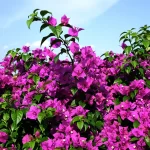
Bougainvillea, a mesmerizing climbing plant, is renowned for its vibrant, papery bracts that paint balconies with hues of pink, red, purple, and white. This fast-growing tropical beauty thrives in warm climates, making it an excellent choice for transforming porticos into vibrant havens. Its resilience to drought once established and its preference for well-draining soil make it a hardy and low-maintenance addition to your outdoor space. Regular pruning not only helps maintain its distinctive shape but also encourages prolific blooming, ensuring an enduring display of tropical splendor.
Morning Glory (Ipomoea spp.): A Symphony of Colors:
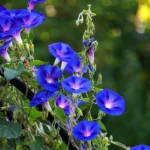
Morning Glory, with its fast-climbing vines, introduces a symphony of colors to your balcony. Displaying trumpet-shaped flowers in a diverse spectrum, including blue, purple, pink, and white, these annual plants are celebrated for their rapid growth and dynamic visual appeal. Opening their blooms in the morning and closing them later in the day, Morning Glories creates an ever-changing canvas. Easy to grow from seeds, they adapt well to trellises or fences, providing a continuous and vibrant display throughout the growing season.
Hoya (Hoya spp.): Wax Plant Elegance:
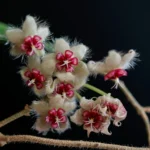
Hoya, also known as the Wax Plant, embodies elegance with its low-maintenance vines and waxy, star-shaped flowers. Ideal for hanging baskets or climbing on supports, Hoya plants boast attractive foliage that may exhibit variegated leaves. Preferring bright, indirect light and well-draining soil, Hoya introduces an effortless touch of refinement to your portico. Its unique blooms, coupled with minimal care requirements, make it an excellent choice for those seeking botanical elegance without the fuss.
Jasmine (Jasminum spp.): Fragrant Cascades:

Jasmine vines, exemplified by Confederate Jasmine or Star Jasmine, are renowned for their fragrant, cascading white flowers. These climbing plants are ideal for infusing your portico with a sweet and soothing scent. Confederate Jasmine, an evergreen vine, and Star Jasmine, with its glossy dark green leaves, thrive in well-drained soil and partial to full sunlight. By incorporating these fragrant climbers, you create an aromatic retreat where the delicate blooms gracefully cascade, enhancing both visual and olfactory senses.
Clematis (Clematis spp.): Diverse Floral Beauty:
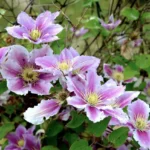
Clematis vines, known for their diverse and showy flowers, offer a wide range of colors and shapes, adding an exquisite floral tapestry to your balcony. To cultivate Clematis successfully, it’s essential to provide well-draining soil and ensure their roots are shaded. This climbing plant, trained to climb on trellises, fences, or arbors, benefits from regular pruning to maintain a healthy and bushy growth habit. With careful attention to its needs, Clematis becomes a living masterpiece, transforming your portico with diverse floral beauty.
Trumpet Vine (Campsis radicans): Attracting Hummingbirds with Bold Blooms:

Trumpet Vine, also known as Trumpet Creeper, is a vigorous climber featuring large, trumpet-shaped flowers in bold shades of orange or red. Beyond its aesthetic appeal, this plant attracts hummingbirds, adding an element of nature’s charm to your outdoor space. Hardy and adaptable, Trumpet Vines thrive in various soil types and sunlight conditions. However, their rapid growth may require some control measures to maintain the balance between their exuberant presence and the overall aesthetics of your portico.
Thunbergia (Thunbergia spp.): The Charms of Black-eyed Susan Vine:

Thunbergia, commonly referred to as Black-eyed Susan Vine, brings forth its charms with cheerful, trumpet-shaped flowers in shades of yellow, orange, or white. This annual climber is versatile, flourishing in hanging baskets, containers, or climbing on trellises. Easy to grow from seeds, Thunbergia blooms abundantly, creating a visually appealing display on your portico. Its charming flowers, reminiscent of Black-eyed Susans, inject a cheerful and lively atmosphere into your outdoor retreat.
Mandevilla (Mandevilla spp.): Exotic Beauty in Warm Climates:

Mandevilla vines introduce an exotic touch to your portico with their large, showy flowers in captivating shades of pink, red, or white. Flourishing in warm climates, these tropical climbers bring a hint of the exotic to your balcony oasis. Mandevillas prefer well-draining soil, and regular pruning is essential to maintain their shape and encourage continuous flowering. By embracing Mandevilla, you infuse your portico with an allure that transports you to tropical landscapes, creating an exotic escape within your own outdoor space.
Passionflower (Passiflora spp.): Intricate Blooms and Edible Fruits:
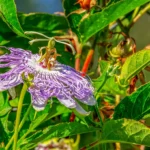
Passionflowers, with their intricate and unique blooms in various colors, captivate the observer with a combination of purples, pinks, and blues. These exotic climbers serve a dual purpose, as some varieties produce edible fruits in addition to their ornamental value. Understanding the specific care needs of Passionflowers allows you to cultivate these climbers successfully, adding an element of intrigue and utility to your portico.
Sweet Pea (Lathyrus odoratus): Fragrance and Charm in Cool Weather:
Sweet Peas, fragrant annual climbers, grace your balcony with clusters of butterfly-shaped flowers in an array of hues. Thriving in cooler climates, these charming climbers add elegance and fragrance to your outdoor space. By exploring the nuances of cultivating and caring for Sweet Peas, including regular deadheading, you ensure a prolonged and colorful flowering season, turning your entrance into a fragrant haven during the cooler months.
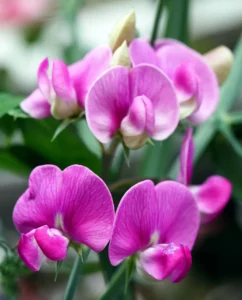
Conclusion:
Transforming your portico into a lush green retreat involves not only selecting the right climbers but also understanding their unique characteristics and care requirements. By incorporating creeper and climber plants into your garden, you not only enhance its visual appeal but also introduce functional elements such as ground cover, vertical greenery, and natural privacy screens. Understanding and catering to the unique characteristics and care requirements of these plants ensures a thriving and well-maintained outdoor space. Whether creating a lush ground cover or an enchanting vertical garden, creeper and climber plants offer versatility and beauty to any landscape.
Thus by embracing the diversity and beauty of these vines, you can turn your portico into a verdant haven, a place where nature’s enchantment thrives and transforms your outdoor space into a lush green retreat.
#GardenMagic #GreenRetreats
